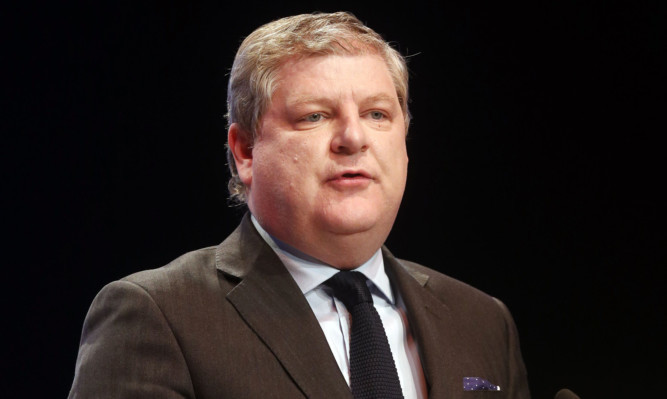The SNP wants to amend the new Scotland Bill to allow Holyrood to bring in full fiscal autonomy.
The party has submitted an amendment to the proposed legislation which it says could make MSPs responsible for taxation, borrowing and public expenditure north of the border.
Angus Robertson, the SNP leader at Westminster, challenged the Labour Party to back their bid to bring in “meaningful new powers for Scotland”.
The demand for Scotland to gain “full fiscal responsibility” was a central plank of the SNP’s general election manifesto campaign, which saw the nationalists win all but three of the country’s 59 Commons constituencies.
But it saw Nicola Sturgeon’s party come under fire from the pro-UK parties, who cited research by the Institute for Fiscal Studies (IFS) warning that the policy could leave Scotland facing a funding gap of £7.6 billion.
Mr Robertson said: “The IFS figures they cite suggest that Scotland would have a deficit of £7.6 billion in 2015-16. But over the five years to 2013-14, the UK’s cumulative deficit has been worth over £600 billion.
“Indeed, the UK has been in deficit in 43 of the last 50 years. On the basis of the Tory and Labour argument, the UK can’t afford to be fiscally autonomous.”
The amendment submitted by the SNP would give Holyrood the power to remove Westminster’s reservation on taxation policy, borrowing and public expenditure.
If passed this would allow the Scottish Parliament to legislate to deliver full fiscal autonomy, the SNP said.
Nationalists also plan to put forward further amendments to the Bill, to give Scotland control over the minimum wage and make Holyrood responsible for all welfare decisions.
Mr Robertson said: “Scotland needs significant new powers over our economy, job creation, welfare, wages and living standards if we are to make the most of our nation’s potential. The proposals in the Scotland Bill do not go far enough.
“That is why the SNP has set out priority changes to the Scotland Bill to devolve responsibility for taxes, such as National Insurance, setting the minimum wage and protecting key parts of the welfare state.
“We are also seeking to amend the Scotland Bill to give the Scottish Parliament the ability to introduce full fiscal autonomy.”
He added: “Labour’s big problem is that they would prefer to see a Tory government, rather than the Scottish Parliament and people, making decisions on key measures like our welfare system and the minimum wage. That is an absurd position for the Labour Party to be in.
“It’s time Labour stopped siding with the Tories and started standing up for meaningful new powers for Scotland so we can create more jobs, boost wages and protect our welfare state. Let the Scottish Parliament decide if and when we move to greater financial autonomy. Surely Labour want that power in Scotland’s hands rather than David Cameron’s.”
